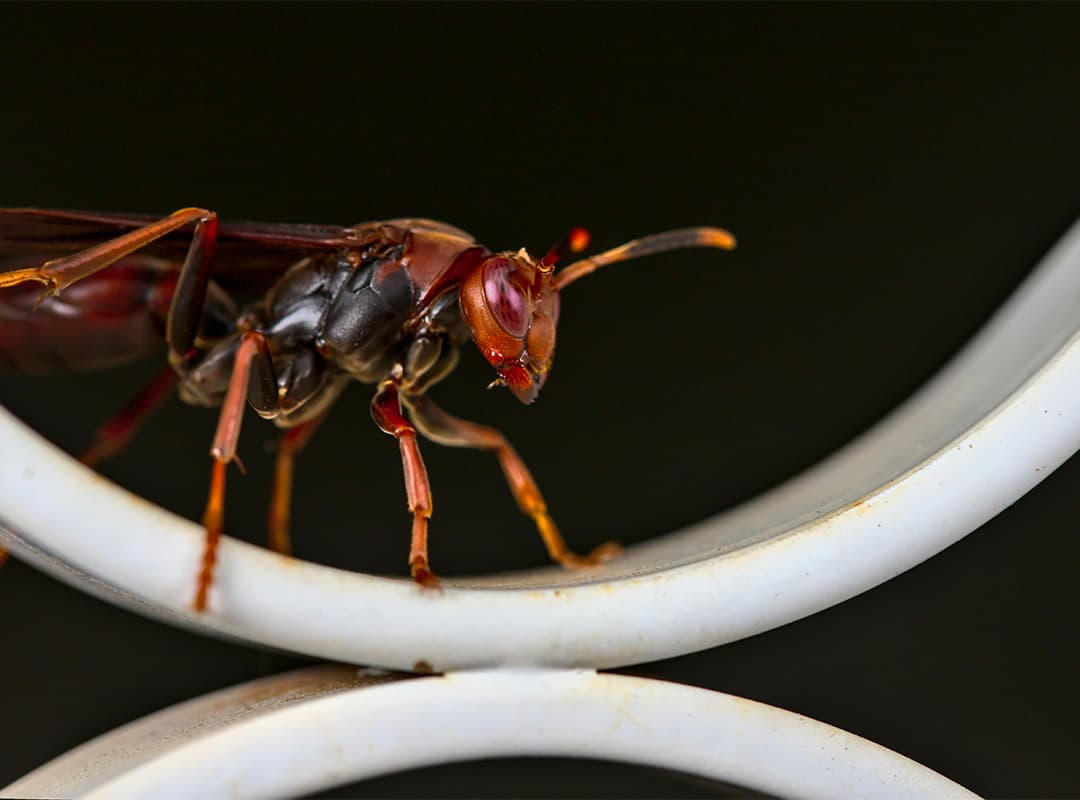New Zealand, with its unique flora and fauna, is an interesting site for studying evolutionary processes occurring in isolated ecosystems. Among the many species that have adapted to local conditions, parasitoid wasps occupy a special place, playing an important role in regulating insect populations. In this article, we will examine what evolutionary adaptations have allowed parasitoid wasps to successfully survive and reproduce in the specific conditions of New Zealand.
Isolation and specificity of New Zealand’s environment
New Zealand is located in the southwestern Pacific Ocean, at a considerable distance from other major landmasses. The isolation of the islands over millions of years has resulted in unique ecosystems that lack many species typical of other parts of the world. Parasitoid wasps, both introduced and endemic, have had to adapt to this isolated environment.
As predators or parasitoids of other insects, these insects have had to develop strategies that allow them to hunt, reproduce, and compete effectively with other species in the face of limited biodiversity and a unique fauna.
Adaptations in host selection
One of the most notable evolutionary adaptations of parasitoid wasps in New Zealand is a change in their host preference. In an environment where the local fauna is very different from that of other continents, wasps had to switch to new hosts. This required significant behavioral and physiological changes.
Some wasp species have shown a high degree of plasticity in host selection, allowing them to parasitize insects not found in their natural range. Other species have developed a narrow specialization, adapting to one or more host species that have become their main food sources and breeding grounds.
Changes in reproductive strategies
Reproductive strategies have also undergone changes. With a limited number of hosts and strong competition, some wasp species have developed more efficient ways to reproduce. For example, increased fecundity or reduced larval development time allows these insects to replenish their populations more quickly and compete more effectively with other parasitoids.
Other wasp species have adapted to seasonal changes in New Zealand conditions. For example, they can synchronize their reproductive cycles with the presence of certain host species that are only active at certain times of the year. Such seasonal adaptations allow wasps to avoid competition and increase their chances of successful reproduction.
Evolution of predatory behavior
The predatory behavior of parasitoid wasps has also undergone changes under pressure from the specificity of New Zealand ecosystems. Some wasp species have evolved more sophisticated host search and capture mechanisms. For example, they can target specific chemical signals released by their hosts or the plants on which these hosts live. These signals play a key role in enabling successful host search and capture in environments where traditional hunting methods may be less effective.
In addition, when competition for a limited number of hosts is high, some wasp species may exhibit aggressive behavior towards other parasitoids preying on the same host species. This aggressive behavior may include directly attacking competitors or using chemicals to deter other wasps from host habitats.
